How the MH370 tragedy unfolded
MALAYSIA Airlines Flight MH370 vanished while carrying 239 people, including six Aussies. After the release of the final report, we look back on the aviation mystery that shocked the world.
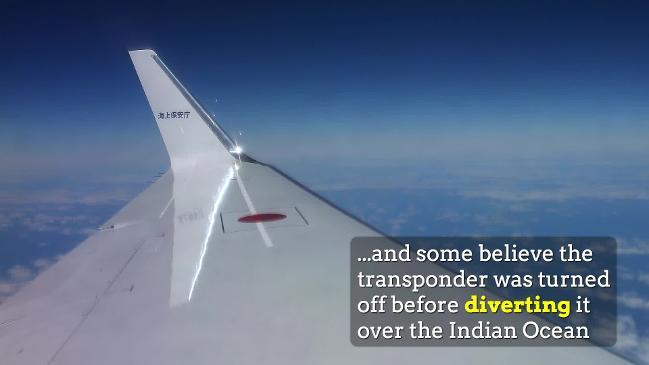
IT’S the aviation mystery that shocked the world. Malaysia Airlines Flight MH370 vanished without a trace while carrying 239 people, including six Australians.
As the final report is handed down, we look back on how the tragedy unfolded.
2014
March 8: Malaysia Airlines Flight MH370 departs from Kuala Lumpur International Airport. and is due to land in Beijing at 6.30am later that day. There are 227 passengers and 12 crew on-board.
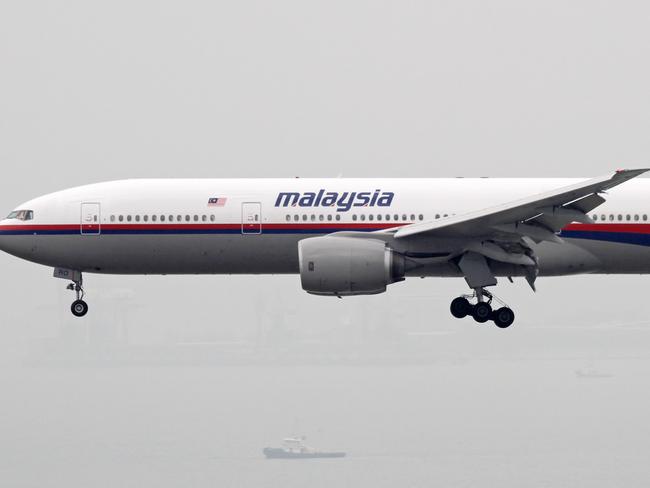
One of the two pilots says “Goodnight” to Malaysian air traffic control (ATC).
A transmission from the plane’s communication transponder is sent shortly before the plane vanishes from the ATC radar.
MORE: Wife of Aussie MH370 victim ‘infuriated’
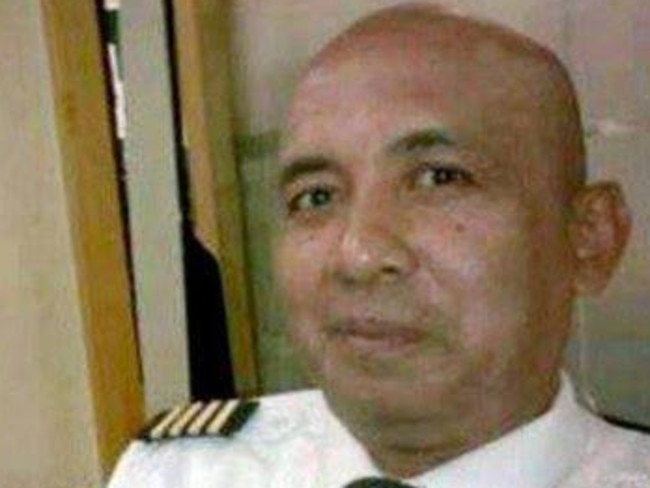
6.30am: Flight MH370 fails to land at Beijing International Airport
Malaysia Airlines releases a statement to confirm flight MH370 lost contact with Subyang Air Traffic Control. The airline pledges to provide regular updates on the plane’s disappearance.
Malaysia Airlines releases the details of the pilots of the missing plane. The flight was piloted by Captain Zaharie Ahmad Shah, 53, and first officer was Fariq Abdul Hamid, 27.
MORE: Final report into MH370 handed down
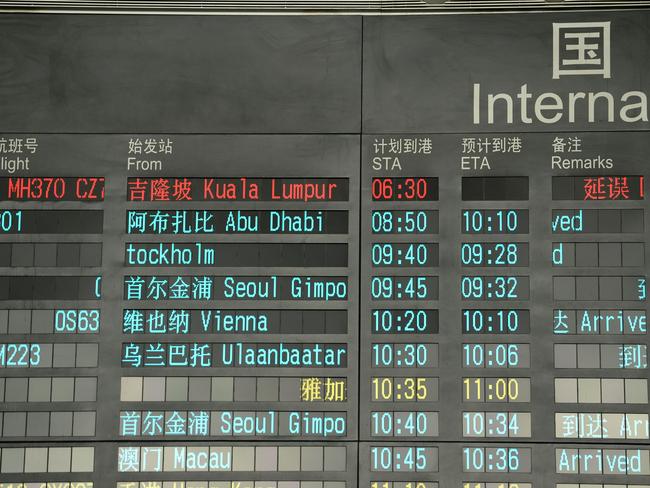
March 9: A full-scale international search begins, focusing on the Gulf of Thailand.
An investigation is launched regarding two passengers who boarded the plane with stolen passports. Investigators later confirmed the two men were Iranian nationals, but said the plane’s disappearance was not believed to be a terrorist incident.
March 13: Search planes find no trace of missing Malaysia Airlines flight MH370 near the site where Chinese satellites spotted three large “floating objects” in the sea.
The Wall Street Journal reported it had information from two security sources, saying the plane could have remained flying for about four hours after it was last detected.
It said US counter-terrorism officers were considering whether the plane was diverted to another location with the intention of using it later for another purpose.
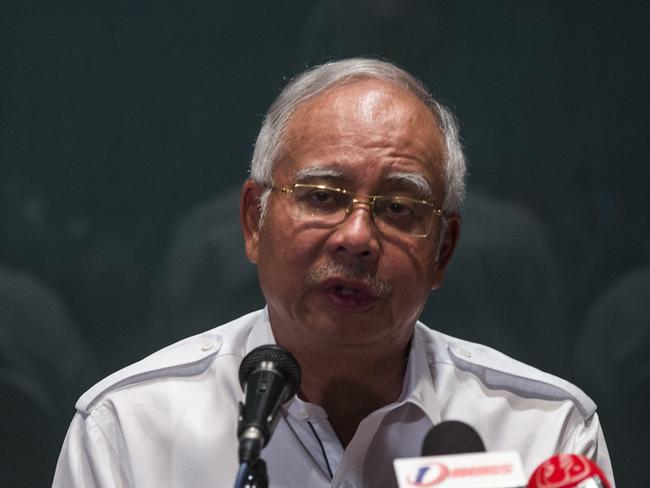
March 15: Analysis of electronic pulses shows the plane could have run out of fuel and crashed into the Indian Ocean.
Malaysian Prime Minister Najib Razak later said someone on board the missing plane deliberately shut off its communications and tracking systems and flew it off course for nearly seven hours after it vanished.
Mr Najib confirmed the plane’s systems were gradually switched off and the plane was flown far to the west of its flight path before disappearing.

March 16: Malaysia calls for help from 25 countries as the search expands.
Australia’s Defence Force Chief, General David Hurley, said an Australian RAAF Orion had commenced searching the Indian Ocean to the north and west of the Cocos Islands.
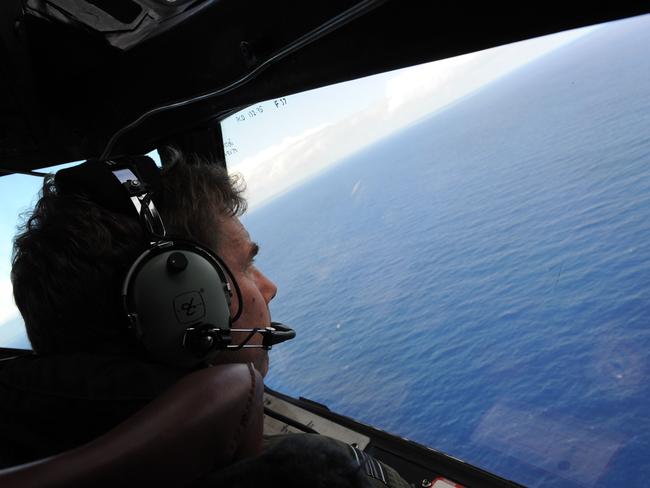
March 18: Australia leads a new search for the wreckage in an area 3000 kilometres southwest of Perth. The Australian Maritime Safety Authority (AMSA) said the search zone would cover 600,000 square kilometres of ocean and was plotted using data based on the last satellite relay signals sent by the plane.
Investigators attempt to recover deleted files from a flight simulator at the home of pilot Zaharie Ahmad Shah.

March 19: Thailand’s military announces it detected the missing Malaysia Airlines jet flying off course just minutes after it changed direction shortly after takeoff, but did not share the information with Malaysia.
Residents of a remote island in the Maldives report seeing a “low-flying jumbo jet” on the morning the plane disappeared.
March 24: Authorities say they have concluded the missing plane crashed in the Indian Ocean, killing all 239 people on board. Families of passengers march on the Malaysian embassy in Beijing, demanding answers after they are informed of the news via text message.
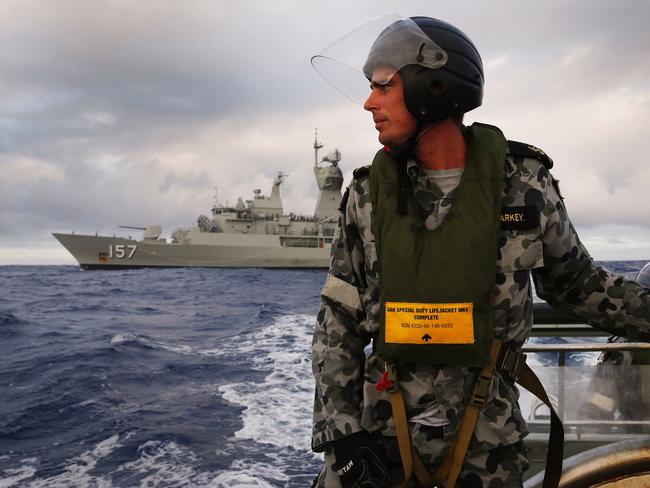
March 28: The search area for MH370 shifts after a “credible lead” indicates the plane did not travel as far south into the Indian Ocean as first thought.
Ten aircraft and six vessels go to the new search location, which is closer to the West Australian coast than the previous search zone.
More possible debris is sighted, but fails to provide any leads.
April 5: A Chinese search ship detects an underwater “pulse signal” in the Indian Ocean. More “pings” are detected by other vessels in subsequent days, but they cease before they are pinpointed. Some experts later express doubt they were related to MH370.
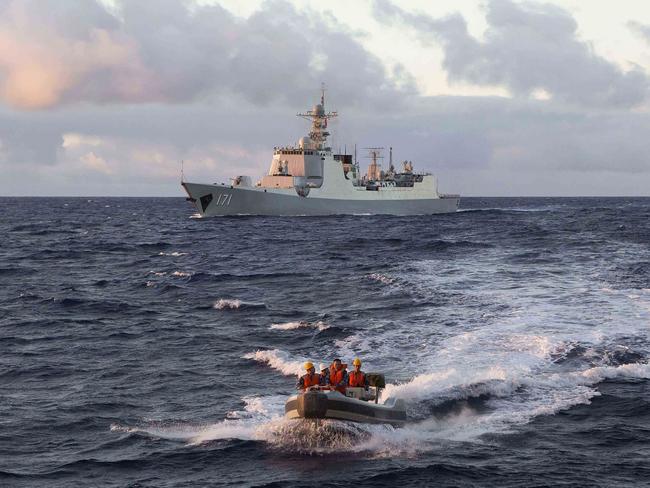
April 14: Australia deploys an American deep-sea drone to scan the seabed for debris near the ping sites. It ultimately finds nothing.
April 28: Australia announces the search area will be expanded across a huge swath of ocean.
May 27: After weeks of pressure from families, Malaysia releases raw satellite data used to determine the search zone. Relatives say crucial data was omitted.

June 20: The search shifts to a new 319,000-square-kilometre area off Perth. Australian Transport Safety Bureau (ATSB) chief commissioner Martin Dolan said new data showed the area of highest probability of where the plane crashed into the Indian Ocean was 1,800 kilometres west of Perth. Only aerial searches of the area were conducted in late March before the search moved further north.
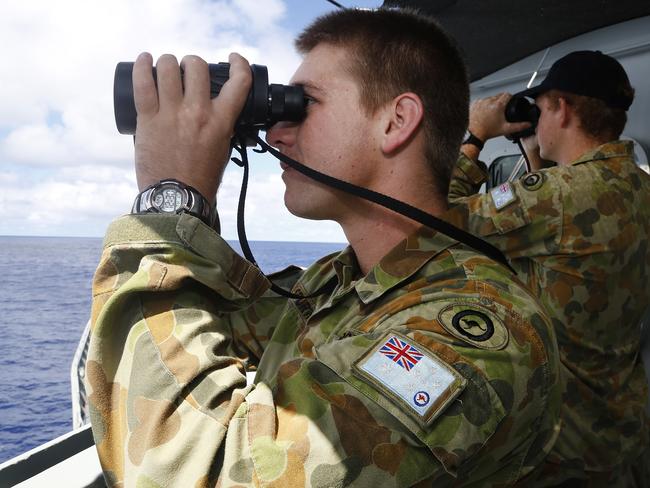
October 6: A Malaysia-contracted vessel resumes the sonar search of the seabed for debris. Three specialised Dutch search ships eventually join an effort expected to wrap up in May.
2015
January 29: Malaysia’s Department of Civil Aviation officially declares the case an accident and declares the passengers and crew are “presumed dead”, angering next of kin who demand proof.
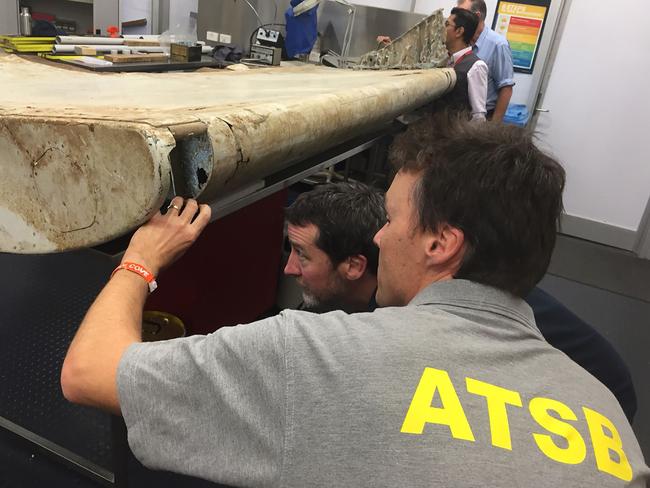
February 4: A global aviation summit in Montreal backs plans to require real-time tracking of any airliners that encounter distress, starting in 2016.
February 25: Australian authorities say vessels have completed scanning about 40 per cent of a 60,000-square-kilometre “priority search area” — and found nothing.
March 7: Malaysia says the hunt for MH370 will be “sent back to the drawing board” if the search now under way comes up empty. The sister of Captain Shah defends her brother against suggestions he may have played a role in the flight’s disappearance.
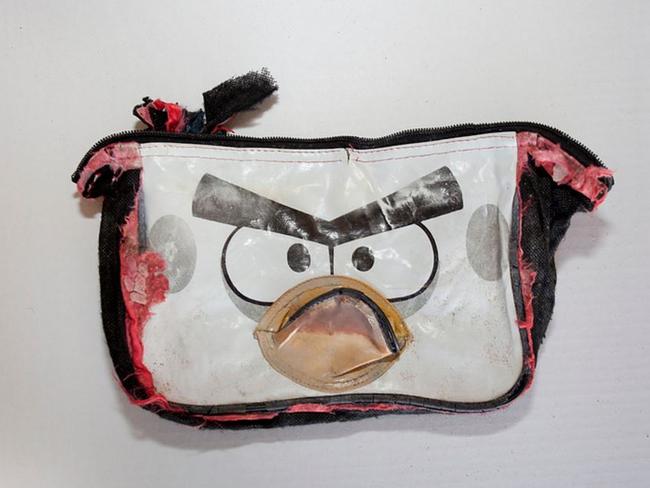
July 29: A large piece of plane debris washes on to the shore of Reunion. A week later investigators confirmed the debris did belong to MH370, but it did not help to locate the plane as it had drifted in the water.
2016
March: Debris identified as coming from the plane wash up off the coast of Mozambique and the Reunion Islands.
December: More pieces defined as ‘likely’ to have come from MH370 are found on islands off the African coast. All help refine attempts to identify the crash site through tracing back the currents they were carried upon.
2017
January 17: Search called off after having cost an estimated $150m.

October 7: It is announced that two wing flaps found in Mauritius came from missing flight. The wing flaps showed that the plane was not in a landing position when it plunged into the ocean, the Australian Transport Safety Bureau said.
2018
January 29: Ocean Infinity, a subsea exploration company which is based in Houston, Texas, wins the contract to conduct the latest search on the basis that it will be paid only if it discovers the plane’s wreckage within 90 days.
May 29: Ocean Infinity announces it has finished its search without success and has no intention to carry out additional seabed surveys in the area.
July 30: The Malaysian Government releases what it calls the final report into the fate of MH370. The chief investigator says all the evidence points to the conclusion that the plane was under manual control, and that it was deliberately flown out into the Indian Ocean.
